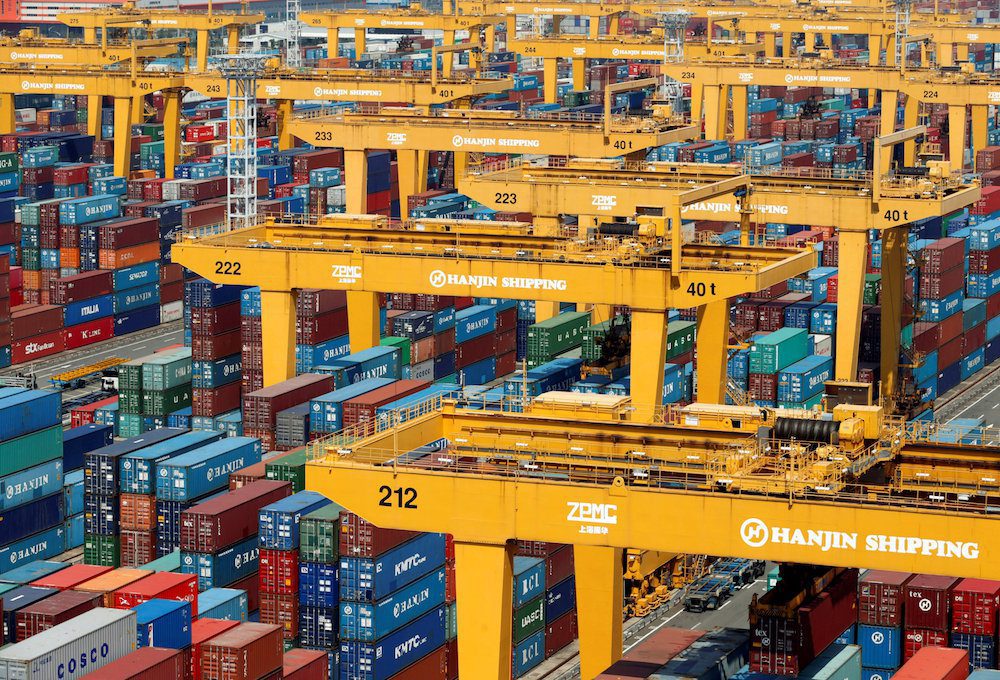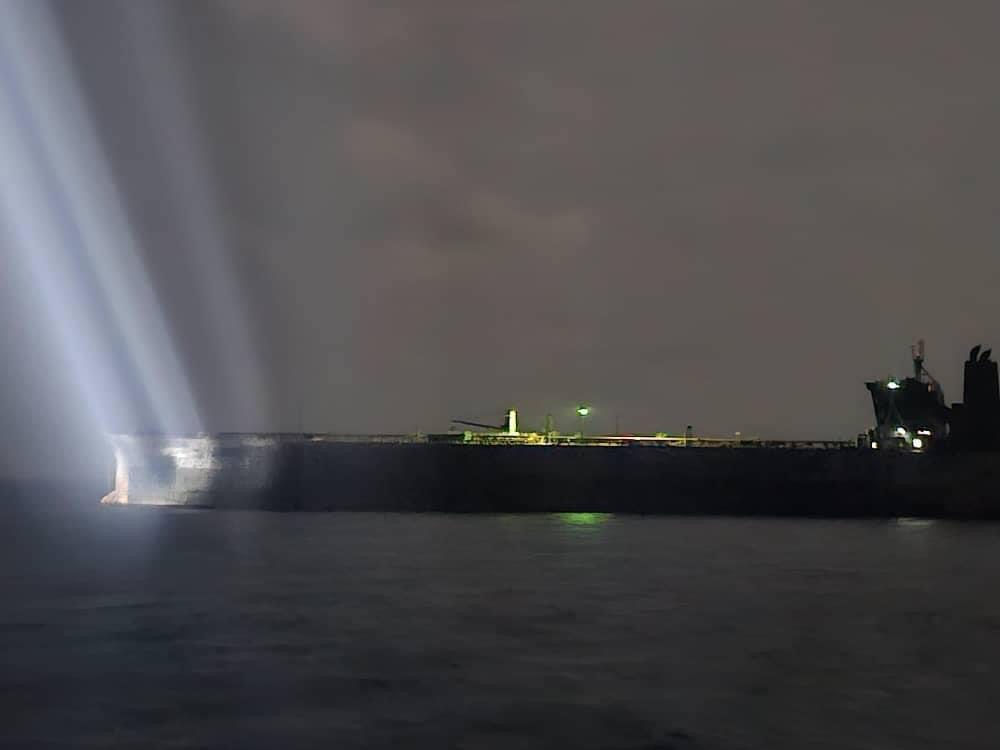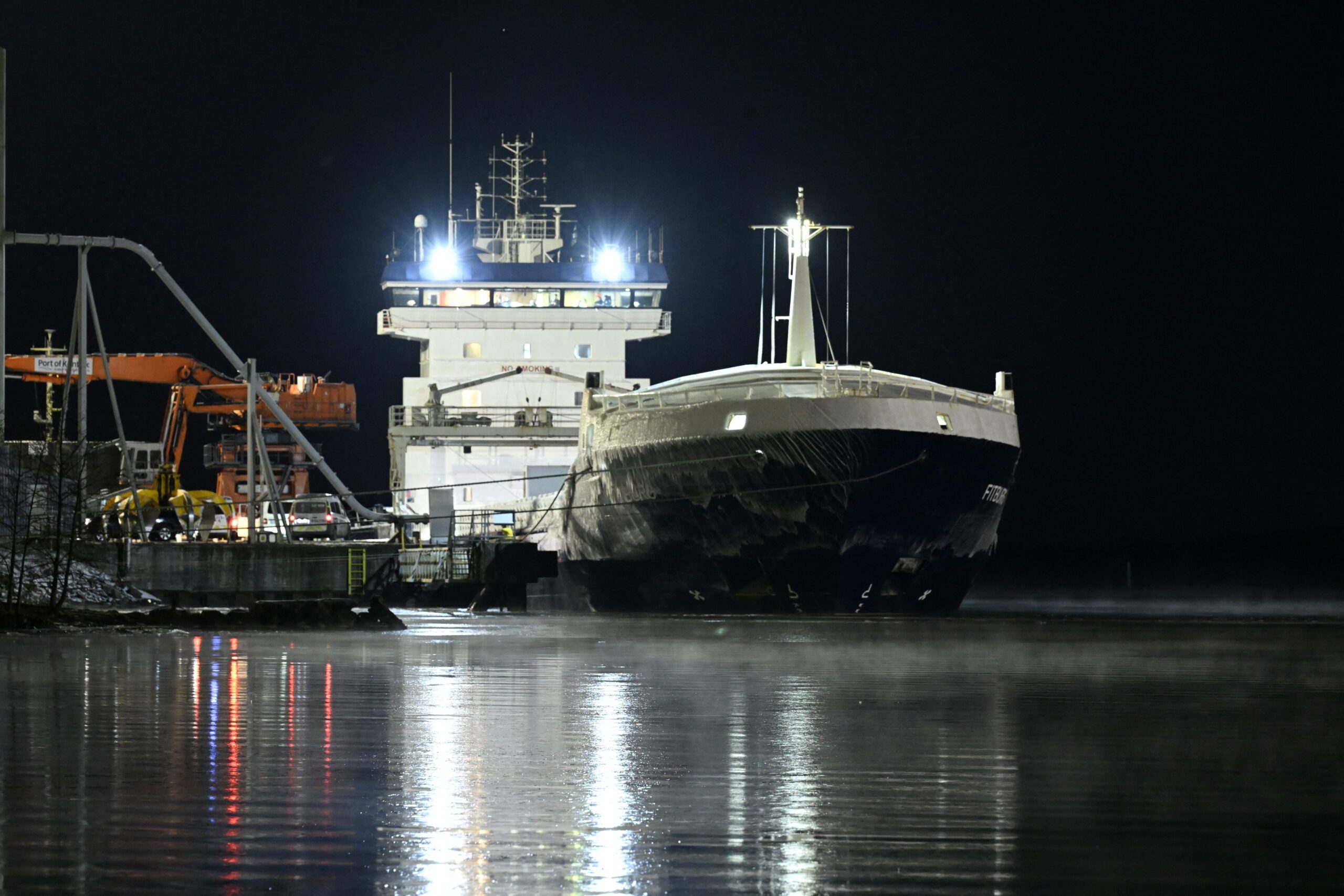Hanjin Shipping’s container terminal is seen at the Busan New Port in Busan, about 420 km (261 miles) southeast of Seoul, August 8, 2013. REUTERS/Lee Jae-Won
 By Joyce Lee and Se Young Lee
By Joyce Lee and Se Young Lee
SEOUL, Aug 31 (Reuters) – South Korea’s Hanjin Shipping Co Ltd filed for court receivership on Wednesday after losing the support of its banks, setting the stage for its assets to be frozen as ports from China to Spain denied access to its vessels.
Banks led by state-run Korea Development Bank (KDB) withdrew backing for the world’s seventh-largest container carrier on Tuesday, saying a funding plan by its parent group was inadequate to tackle debt that stood at 5.6 trillion won ($5 billion) at the end of 2015.
Hanjin Shipping, South Korea’s biggest shipping firm, announced the filing for receivership and a request to the court to freeze its assets, which the Seoul Central District Court planned to grant, a judge told Reuters, declining to be named.
Read: South Korea’s Hanjin Shipping Becomes Symbol of Industry in Trouble
The court will now decide whether Hanjin Shipping should remain as a going concern or be dissolved, a process that usually takes one or two months but is expected to be accelerated in Hanjin’s case, the judge said.
A bankruptcy for Hanjin Shipping would be the largest ever for a container shipper in terms of capacity, according to consultancy Alphaliner, exceeding the 1986 collapse of United States Lines.
Global shipping firms have been swamped by overcapacity and sluggish demand, with Hanjin booking a net loss of 473 billion won in the first half of the year.
South Korea’s ailing shipbuilders and shipping firms, which for decades were engines of its export-driven economy, are in the midst of a wrenching restructuring. The KDB’s decision to stop backing Hanjin Shipping shows the government is taking a tougher stance with troubled corporate groups.
“The government will swiftly push forth corporate restructuring following the rule that companies must figure out how to survive and find competitiveness on their own while taking responsibility,” Finance Minister Yoo Il-ho said.
Hyundai Merchant Marine Co Ltd, the country’s second-largest shipping line, will look to acquire its rival’s healthy assets, including profit-making vessels, overseas business networks and key personnel, South Korea’s Financial Services Commission said.
A Hyundai Merchant Marine spokesman told Reuters nothing had been decided about the potential acquisition of Hanjin assets and that the firm will hold talks with KDB. Hyundai Merchant Marine is also in the process of a voluntary debt restructuring.
South Korea’s oceans ministry estimates a two- to three-month delay in the shipping of some Korean goods that were to be transported by Hanjin Shipping, and plans to announce in September cargo-handling measures which could include Hyundai Merchant Marine taking over some routes, a ministry spokesman said on Wednesday.
BLOCKED ACCESS
KDB’s move to pull the plug was already having an impact on Hanjin’s operations.
Ports including those in Shanghai and Xiamen in China, Valencia, Spain, and Savannah in the U.S. state of Georgia had blocked access to Hanjin ships on concerns they would not be able to pay fees, a company spokeswoman told Reuters.
Another vessel, the Hanjin Rome, was seized in Singapore late on Monday by a creditor, according to court information.
“Now Hanjin must do everything it can to protect its clients’ cargoes and make sure they are not delayed to their destination, by filing injunctions to block seizures in all the countries where its ships are located,” said Bongiee Joh, managing director of the Korea Shipowners’ Association.
Shipping industry economics have deteriorated. Charter rates for medium-sized container ships have dropped from around $26,000 a day in 2010 to $13,000 per day now, according to data from shipping consultancy Clarkson.
Container rates from Shanghai to the U.S west coast have more than halved since then, from around $2,000 per 40-foot container in January 2010 to $596 per 40-foot box last week, data from the Shanghai Shipping Exchange shows.
Shares in Hanjin Shipping have been suspended after plunging 24 percent on Tuesday. Korean Air Lines, Hanjin Shipping’s largest shareholder, ended 1.5 percent higher on Wednesday, outperforming a 0.25 percent drop in the broader market, on investor relief that the flag carrier would not have to support the troubled shipper going forward. (Additional reporting by Chang-ho Lee in SEOUL and Keith Wallis in SINGAPORE; Writing by Tony Munroe; Editing by Muralikumar Anantharaman)
(c) Copyright Thomson Reuters 2016.

 Join The Club
Join The Club











